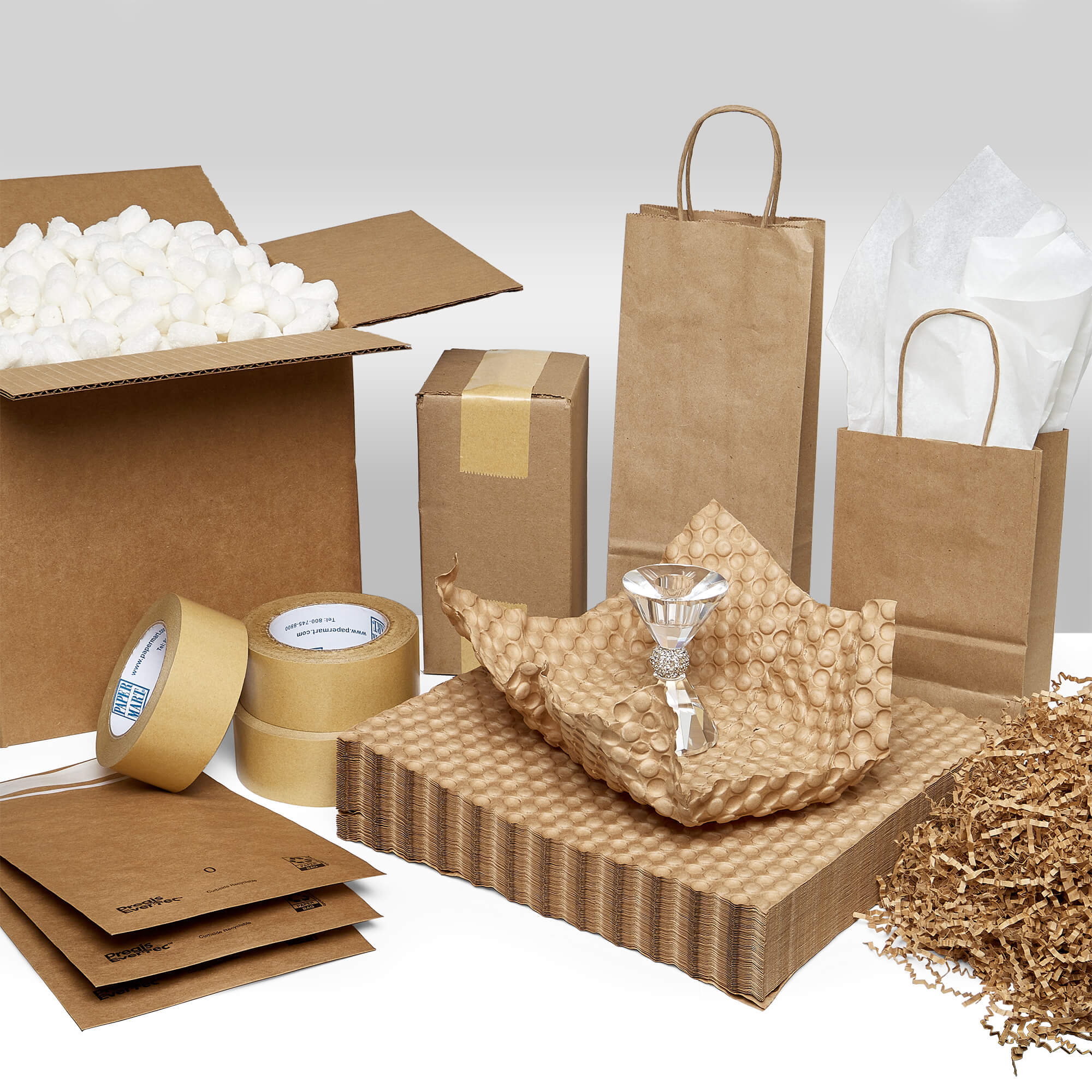
Small businesses are under more and more pressure to implement sustainable practices in a market where consumers are becoming more ecologically sensitive; packaging is therefore a major topic of attention. Although the goal is to go from conventional plastic to more environmentally friendly paper packaging is great, perceived expenses sometimes discourage small businesses on a tight budget. Turning to paper packaging, though, doesn’t always have to be expensive. Small firms can make this environmentally friendly change without sacrificing their financial stability by using smart tactics and investigating reasonably priced substitutes. This page will explore doable and reasonably priced tactics small firms can use to Packingsmartly adopt paper-based packaging alternatives.
Evaluating Current Packaging and Determining Needs
The first step toward a reasonably priced change is a careful evaluation of your present packaging methods and a clear understanding of your particular demands. Examine the kinds of items you pack, their weight and size, and the degree of protection they call for during handling and transportation. Know the volume of the packing items you now handle and the related expenses. This thorough analysis will help you identify areas where, when switching to paper, you might perhaps cut expenses and maximize your packing decisions by serving as a basis for comparison.
Examining Economical Paper Packaging Solutions
Once you know exactly what kind of packaging you need, you should look at the several reasonably priced paper packaging choices. Excellent protection and a flexible and reasonably low cost material for shipping boxes is corrugated cardboard. Another somewhat cheap choice for covering goods or filling voids within boxes is Kraft paper, a robust and unbleached paper. Product boxes should be made of recycled paperboard, which fits with environmental objectives and is sometimes more reasonably priced than virgin paperboard.
For smaller goods or internal packing, substitute shredded cardboard or recycled paper fill for plastic bubble wrap or foam peanuts. One reasonably priced and recyclable substitute for plastic packing tape is paper tape. Investigate choices for custom-printed paper packaging in smaller quantities since, thanks to printing technology developments, small companies now find this more feasible. Researching and contrasting several kinds of paper packaging and their related expenses will help you find answers for your functional and environmental requirements without going over your budget.
Improving Material Efficiency Packaging Design
Changing to paper will save a lot of money depending on smart packaging design. Choose designs that employ as little cloth as possible yet still offer enough cover. Think about right-sizing your packaging to tightly suit your goods, so minimizing void fill requirements. Look at designs that call for minimum tape for assembly or use interlocking flaps to cut material and labour costs. Box flat-pack designs can also help to lower your facility’s storage space needs and supplier transportation expenses.
Bargaining with Vendors and Investigating Group Buying
Changing to paper might result in major cost savings by building close ties with your packaging vendors and negotiating good prices. Get quotations from several sources to weigh cost and quality. Ask about possible savings for bulk purchases since typically purchasing more paper packaging helps to lower the per-unit cost. To guarantee regular supply of supplies and stable pricing, think about signing longer-term agreements with vendors.
Ultimately, small enterprises do not have to face an impossible financial obstacle with the switch to paper packaging. Adopting Packingsmartly is not just a step toward sustainability but also a wise business option that fits rising customer demand for environmentally friendly goods and methods. Small businesses may definitely pack strategically and help to create a better future without going broke.


